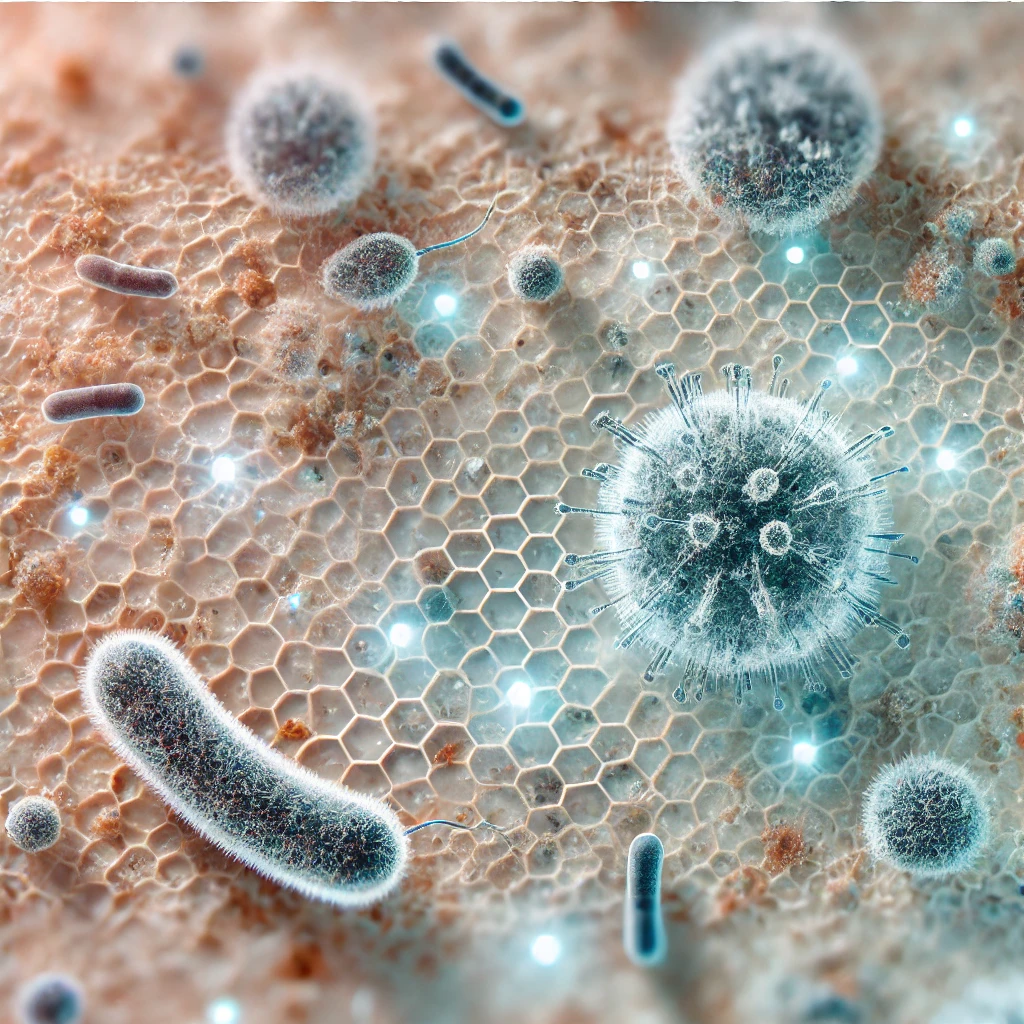
The Hidden World on Your Skin: Why Bacteria Might Be Your Best Beauty Asset
Picture this: You’ve tried every “miracle” serum, exfoliant, and moisturizer on the market. You follow the 10-step routines, avoid pore-clogging ingredients, and still—your skin rebels. Breakouts. Dry patches. Redness that won’t quit. What if the answer isn’t another product, but the trillions of microbes living on your face? Enter skin microbiome testing, the buzzy new approach that’s flipping traditional skincare on its head.
Forget the one-size-fits-all advice. Your skin is a unique ecosystem, home to millions of bacteria, fungi, and viruses that influence everything from acne to aging. When this microbial community falls out of balance (thanks to harsh cleansers, stress, or diet), your skin suffers. But what if you could decode this invisible world to finally nail a routine that works? That’s the promise of microbiome testing kits—a blend of cutting-edge science and personalized skincare. Let’s dive into how they work, whether they’re worth the splurge, and how they might just end your cycle of skincare guesswork.
What Exactly Is the Skin Microbiome? (And Why Should You Care?)
Your skin isn’t just a passive barrier—it’s a thriving metropolis of microorganisms. Think of your microbiome as a microscopic rainforest: Diverse species coexist, protecting you from pathogens, regulating pH, and even calming inflammation. “Good” bacteria like Staphylococcus epidermidis act as bouncers, crowding out acne-triggering microbes. Others produce moisturizing lipids or strengthen your skin’s defense against pollution.
But modern life isn’t kind to this delicate balance. Over-cleansing, antibiotics, and synthetic skincare ingredients can wipe out beneficial bacteria, letting “bad” microbes like Cutibacterium acnes (linked to acne) dominate. The result? A compromised skin barrier, sensitivity, and breakouts that no amount of salicylic acid can fix.
How Skin Microbiome Testing Works: From Swab to Strategy
Microbiome testing kits (like those from brands Atlas Biomed, Seed, or Venn) start with a simple at-home swab of your cheek, forehead, or jawline. You mail the sample to a lab, where scientists use DNA sequencing to identify which microbes call your skin home. Within weeks, you’ll receive a report detailing:
Dominant bacterial strains (Is your skin crawling with acne-linked microbes or inflammation-soothing ones?)
Diversity score (Low diversity often correlates with conditions like eczema or rosacea.)
Personalized recommendations (Think probiotic creams, prebiotic toners, or pH-balancing cleansers.)
Some kits even partner with dermatologists to create custom formulas or adjust your diet (since gut health impacts your skin microbiome). For example, if your test reveals a lack of Lactobacillus (a bacteria linked to hydration), you might get a moisturizer infused with probiotic lysates to replenish it.
The Pros: Why This Isn’t Just Another Gimmick
Bye-Bye Trial-and-Error: “Most people use products that either don’t address their root issues or worsen their microbiome,” says Dr. Emma Taylor, a dermatologist specializing in microbial skincare. Testing helps you skip the guesswork and target imbalances directly.
Prevent Overloading Your Skin: That “gentle” niacinamide serum? If it’s disrupting your microbial balance, it could cause more irritation. Testing reveals which ingredients your microbiome loves—or hates.
Long-Term Skin Resilience: Unlike quick fixes, nurturing your microbiome strengthens your skin barrier, reducing sensitivity and breakouts over time.
Real-World Example: Sarah, 28, struggled with persistent cystic acne. Traditional treatments dried her skin but didn’t stop breakouts. Her microbiome test showed sky-high levels of C. acnes and low diversity. She swapped her foaming cleanser for a prebiotic gel and started using a Bifida ferment serum. Within 8 weeks, her acne calmed—and her skin stayed balanced.
The Caveats: What Testing Can’t Do (Yet)
The Science Is Still Young: While links between specific bacteria and skin conditions are clear, researchers admit we’re in the “early days” of understanding how to manipulate the microbiome effectively.
Cost Adds Up: Kits range from 150–150–400, and “microbiome-friendly” products often come at a premium.
Not a Magic Bullet: Stress, hormones, and diet still play huge roles. Testing won’t replace sunscreen or a healthy lifestyle.
How to Use Your Results (Without Going Down a Rabbit Hole)
Start Slow: Introduce one microbiome-friendly product at a time. Overloading can backfire.
Feed the Good Bugs: Prebiotics (like oat extract or galactomyces) act as fertilizer for beneficial bacteria.
Avoid “Bacterial Overkill”: Ditch antibacterial soaps and alcohol-based toners. Opt for pH-balanced cleansers (5.5 is ideal).
The Future of Skincare?
Brands like Mother Dirt (with their live Ammonia-Oxidizing Bacteria spray) and Gallinée (packed with lactic acid and prebiotics) are already betting big on microbiome care. As research grows, expect more personalized probiotics, phage therapies (viruses that target bad bacteria), and even microbiome transplants.
So, Is Microbiome Testing Worth It?
If you’ve tried everything and still feel stuck, testing offers a fascinating lens into your skin’s hidden needs. It’s not a cure-all, but for many, it’s the missing puzzle piece. As Dr. Taylor puts it: “Skincare is becoming less about covering flaws and more about fostering ecosystems.” Your microbiome isn’t the enemy—it’s your skin’s best ally. Time to listen to it.
